DnD Artificer class guide: How to use and master these versatile magic-infusers
Tinker to your heart's content, or die trying

1. Essential info
2. Pros & cons
3. Best stats
4. Best races
5. Best background
6. Best Feats
7. Best subclasses
8. Cantrips, Spells & Infusions
If you need something blown up or want to stack your party with cool gear, get yourself a DnD Artificer. There isn't much they can't do once they put their mind to it, so these mechanical whizzes are a blast to play (pun very much intended).
In a nutshell, this class is equal parts mad scientist and inventor. Think of them as a cross between Doc Brown from Back to the Future and Marvel's Iron Man; there aren't many problems a DnD Artificer isn't able to solve with scraps and determination. But should you play them? To help you decide whether they're right for you, we've broken these technological warriors down right here. We've also got advice on how to get the most out of Artificers once you've committed to playing one.
Not feeling it? Don't worry. For other suggestions, don't miss our guide to the best DnD class for beginners.
DnD Artificer: Essential info
| Type | Damage / Support / Healer / Defence |
| Complexity | High |
| Available in | Tasha's Cauldron of Everything, Eberron: Rising from the Last War |
| Play if you like | SkekTek from Dark Crystal, MacGuyver, Luke Skywalker, Doc Brown from Back to the Future, or literally anything steampunk |
DnD Artificers are inventors, designers, and alchemists above all. They view magic through the lens of science more than other magical classes do, and must be resourceful to succeed; not only can they sling spells and craft items, they also have a penchant for infusing things with all manner of effects.
With that in mind, a DnD Artificer can fill almost any role imaginable with their impressive skill set. However, they're a challenging build to master. You have to be adaptable and willing to improvise, as well as able to micromanage your character's abilities on the fly.
Note that they're not featured in the Basic Rules or Player's Handbook, either. To play a DnD Artificer, you'll need to get Tasha's Cauldron of Everything or Eberron: Rising From the Last War (though we'd recommend the former, because there's plenty of other cool features to help players).
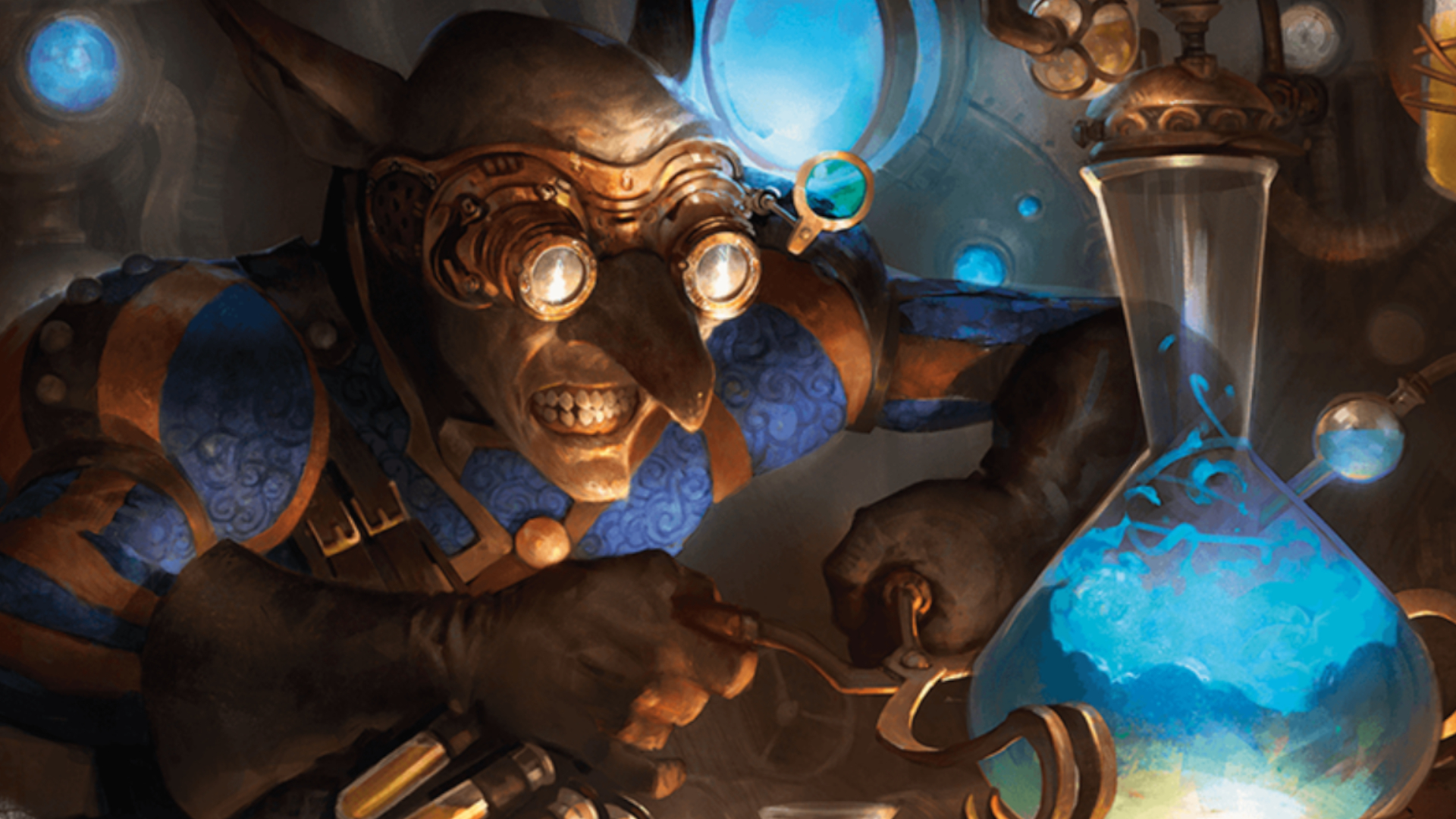
No matter whether you want armor, weaponry, artillery, or even alchemical compounds, there's plenty of options for a DnD Artificer to specialize in. And with access to most of the Wizard class' spellbook, plus healing powers and support spells, the Artificer is a truly versatile build. If you want to make the most of your skillset, you need to be on the ball when it comes to organizing your loadout and dolling out magical items.
Sign up to the GamesRadar+ Newsletter
Weekly digests, tales from the communities you love, and more
The Artificer class gives players the opportunity to add their own flavor to spells, items and actions, so you can really feel like you're leaving your mark on the game world.
Should you play as a DnD Artificer?
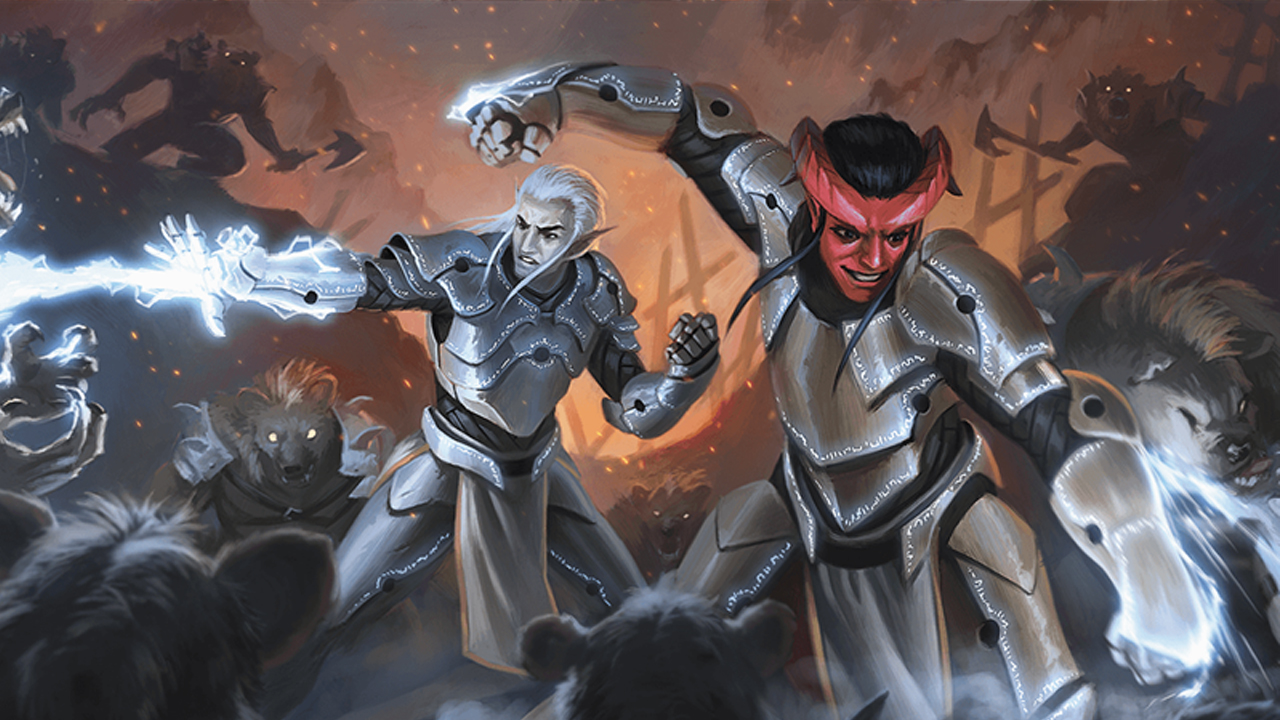
If you want to have a solution to every problem (and let your inventions do the fighting rather than getting your hands dirty), this is the class for you. However, playing an Artificer won't be for everyone due to the complexities involved. It's considered a highly involved build, with more decision points than any of the basic classes in the Player's Handbook. It'll also require some ingenuity to master, so if you're not willing to delve deep, you're not going to enjoy an Artificer run.
Choose this class if...
✅ You've got a vivid imagination
There are so many opportunities to invent items through new combinations, and your spells and infusions can be interpreted in some interesting ways. It would be a shame if you weren't willing to riff on the descriptions of your new inventions and spells.
✅ You have the foresight
If you pick up on the little clues Dungeon Masters leave through the campaign on the lead up to certain kinds of fights, you can prepare yourself accordingly. Expecting to come up against vampires soon? Pop on some Radiant Weapon infusions and you're good to go. If you're always surprised by the next enemy, maybe leave the artificing to someone else.
Don't choose this class if...
❌ You're not a tinkerer
You really have to enjoy poring over small details, because the DnD Artificer class will give you the freedom to fiddle with your character's makeup a lot. You'll be shuffling spells, and prepping where you apply your infusions daily.
❌ Your current game doesn't allow crafting/guns
Without the ability to craft, your DnD Artificer is going to miss out on some of their most powerful abilities. Speak to your Dungeon Master about crafting before rolling up an Artificer, and about artillery if you're planning to subclass for cannon-based fun.
DnD Artificer: Best stats
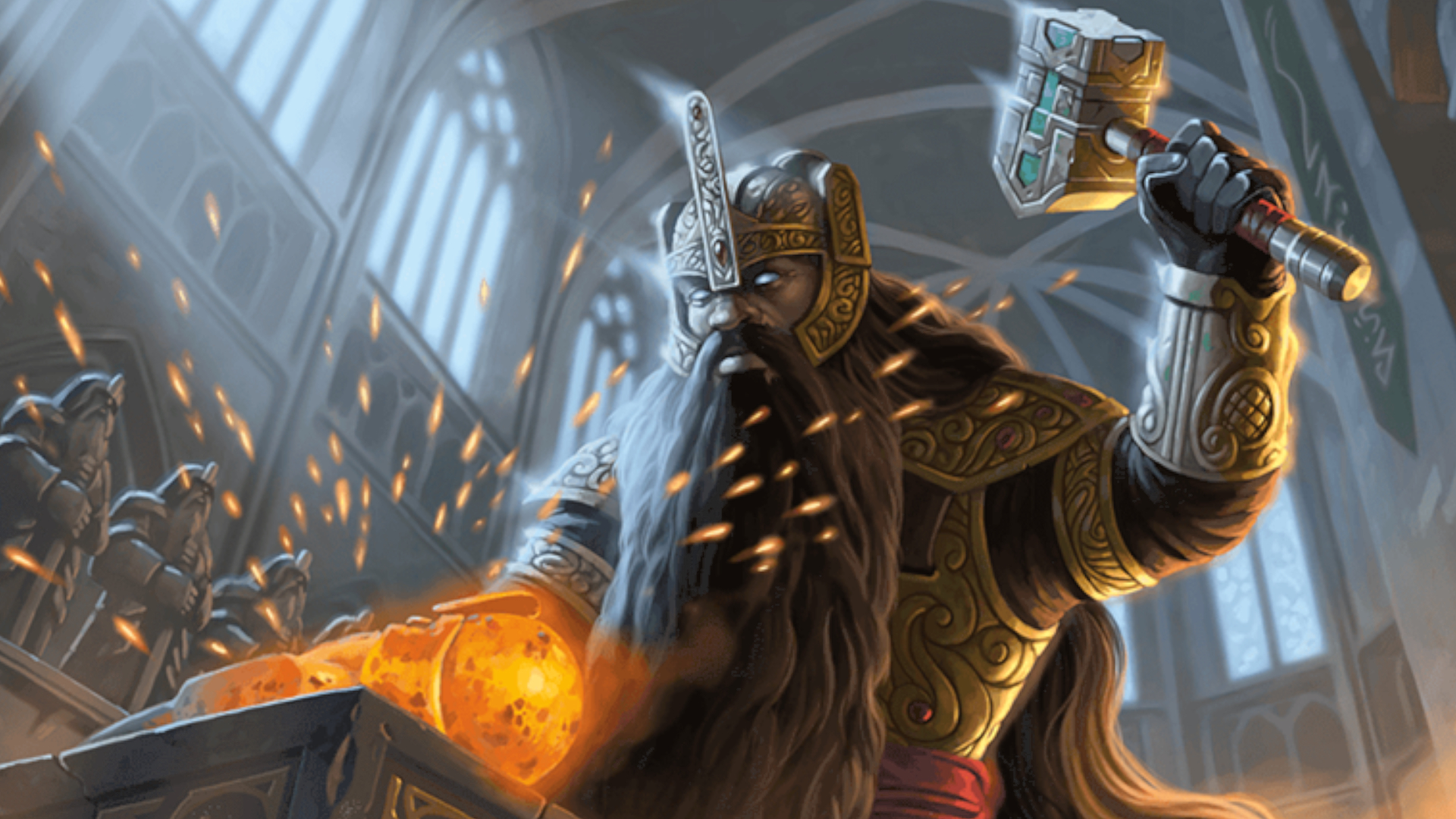
What are the best stats for a DnD Artificer?
As with all the best tabletop RPGs, attributes play a huge role in this game - they'll dictate your character's strengths and weaknesses. Ranking by importance, this is how you'll want to prioritise your attributes when creating your DnD Artificer:
1. Intelligence
2. Constitution
3. Dexterity
4. Wisdom
5. Strength
6. Charisma
Since Intelligence will dictate the Artificer's spellcasting, and the Flash of Genius ability, this is the stat you'll want to prioritize. If you can nab a +3 modifier, then do that because the majority of your class features rely on Intelligence – that's especially true for Armorer and Battle Smith subclasses.
On the other hand, ranged builds will require more Dexterity checks, and some tools ask for this too. In other words, keep that high on your priorities list as well unless you prefer to get up close and personal with foes. Basically, Armorer and non-ranged Battle Smith subclasses needn't worry about Dexterity quite so much. Constitution will keep them from being too squishy in their Striker/Defender role.
The rest are generally considered dump stats, though Wisdom comes in handy when making Perception checks – higher perception means more loot material for crafting.
DnD Artificer: Best races
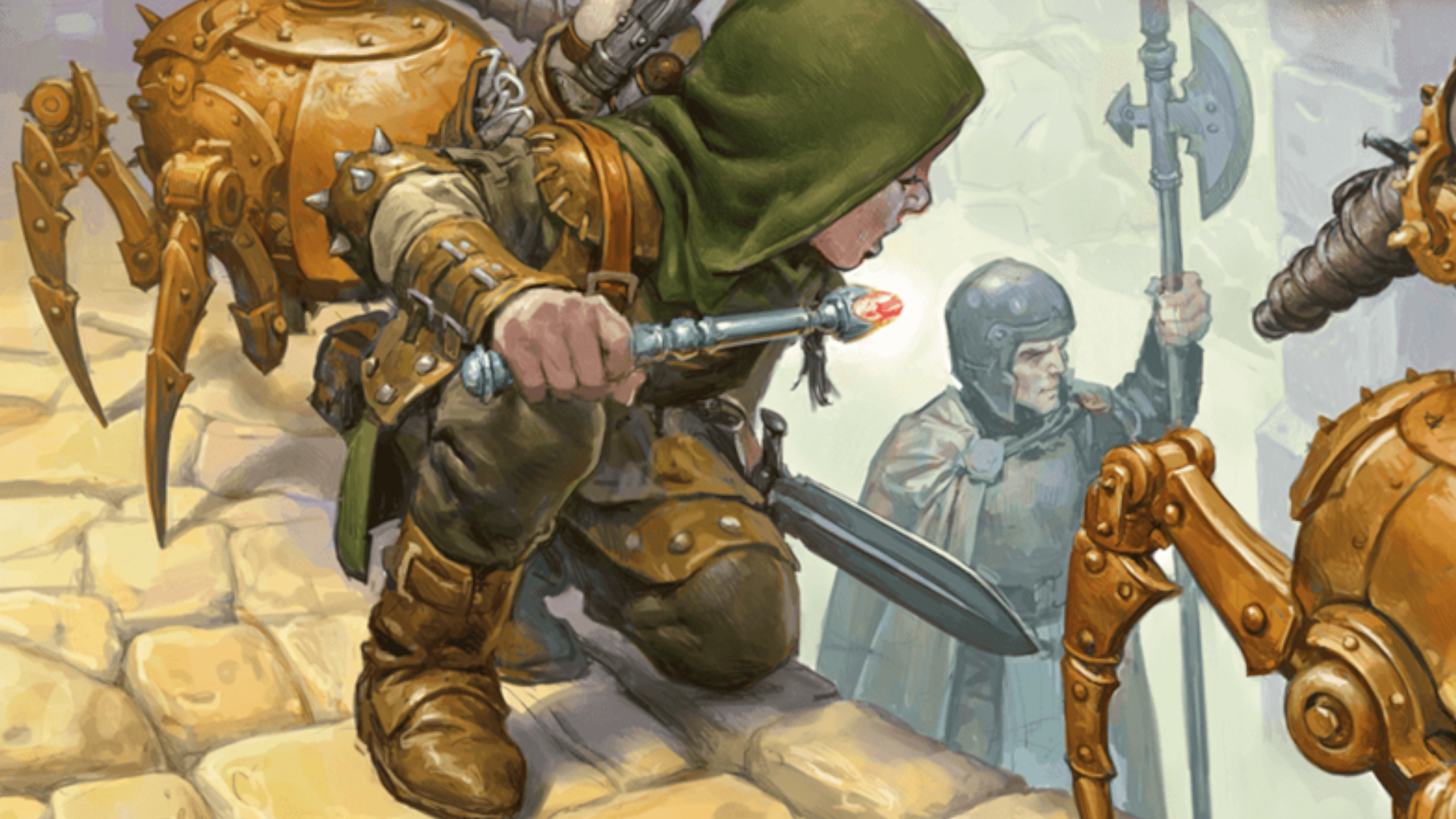
Any race with Intelligence at its heart is going to benefit a DnD Artificer. Though, of the brainy folk here, some are clearly better suited to the class thanks to their innate abilities.
Here are the best races for a DnD Artificer:
1. Gnome (Player's Handbook)
2. Autognome (Spelljammer: Adventures in Space)
3. Human Mark of Making (Eberron: Rising from the Last War)
4. Earth Genasi (Mordenkainen Presents: Monsters of the Multiverse)
5. Winged/Feral Tiefling (Sword Coast Adventurer’s Guide)
6. Hill/Mountain Dwarf (Player's Handbook)
As renowned tinkerers and crafters, Gnomes make great DnD Artificers. Your standard Gnome brings a +2 to your Intelligence stat and advantage on Intelligence, Wisdom, and Charisma saving throws with Gnome Cunning. Alternatively, the Autognome's Built for Success ability will let your artificer add 1d4 to any attack roll, ability check, or saving throw (even after seeing the result). It also stacks with Flash of Genius, so you can really rely on those high rolls.
Humans with the Mark of Making will ace an Artificer build with an extra point to Intelligence and Dexterity, and another you can slap on Intelligence. Then thanks to Artisan's Intuition, you can add an extra d4 to Intelligence rolls or Artisan's Tools ability checks.
The Earth Genasi's ability to Pass Without Trace is also helpful for would-be Armorers trying to get through levels 1-3 with just 8 Dexterity.
Your Feral Tiefling variant trades one of the standard Tiefling's Charisma points for another Intelligence point. While you miss out on the Infernal Legacy skill, playing a Winged Tiefling comes with the benefit of flight without relying on Winged Boots or potions. A Custom Origin Tiefling is recommended.
Hill and Mountain Dwarves make thematically great Artificers, and aren't too bad for the melee subclasses either. Add your +1 to the Hill Dwarf's Constitution for a significant hitpoint boon, or mess around with the Mountain Dwarf's feats and trade in their armor proficiencies for even more tools to tinker with.
DnD Artificer: Best background
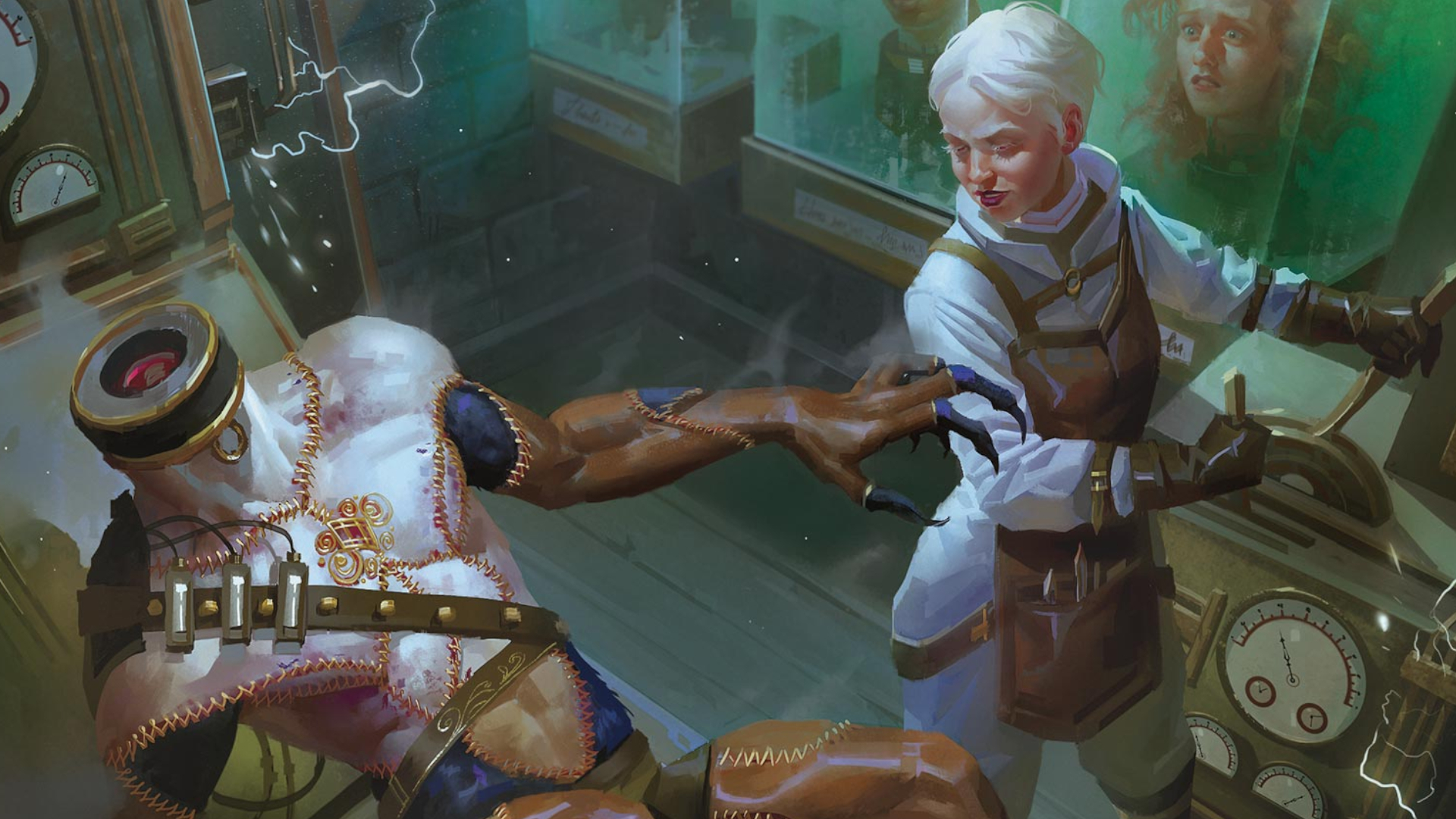
Backgrounds and feats are unique ways to create an identity for your character, to breathe life into their story. It’ll also give the Dungeon Master something to work with when they’re trying to help you round off your character’s story arc. For a DnD Artificer, anything that gives a bonus to Intelligence is invaluable for any build.
It's generally considered that, although the Player's Handbook's Guild Artisan background might seem to make sense for an Artificer, it'll only see them wasting skills that are better suited to the party's Face. Clan Crafter and Sage, on the other hand, work well thanks to their starting gear and Intelligence bonus, respectively. Cloistered Scholar also offers two Intelligence-based skills and better access to libraries.
DnD Artificer: Best Feats
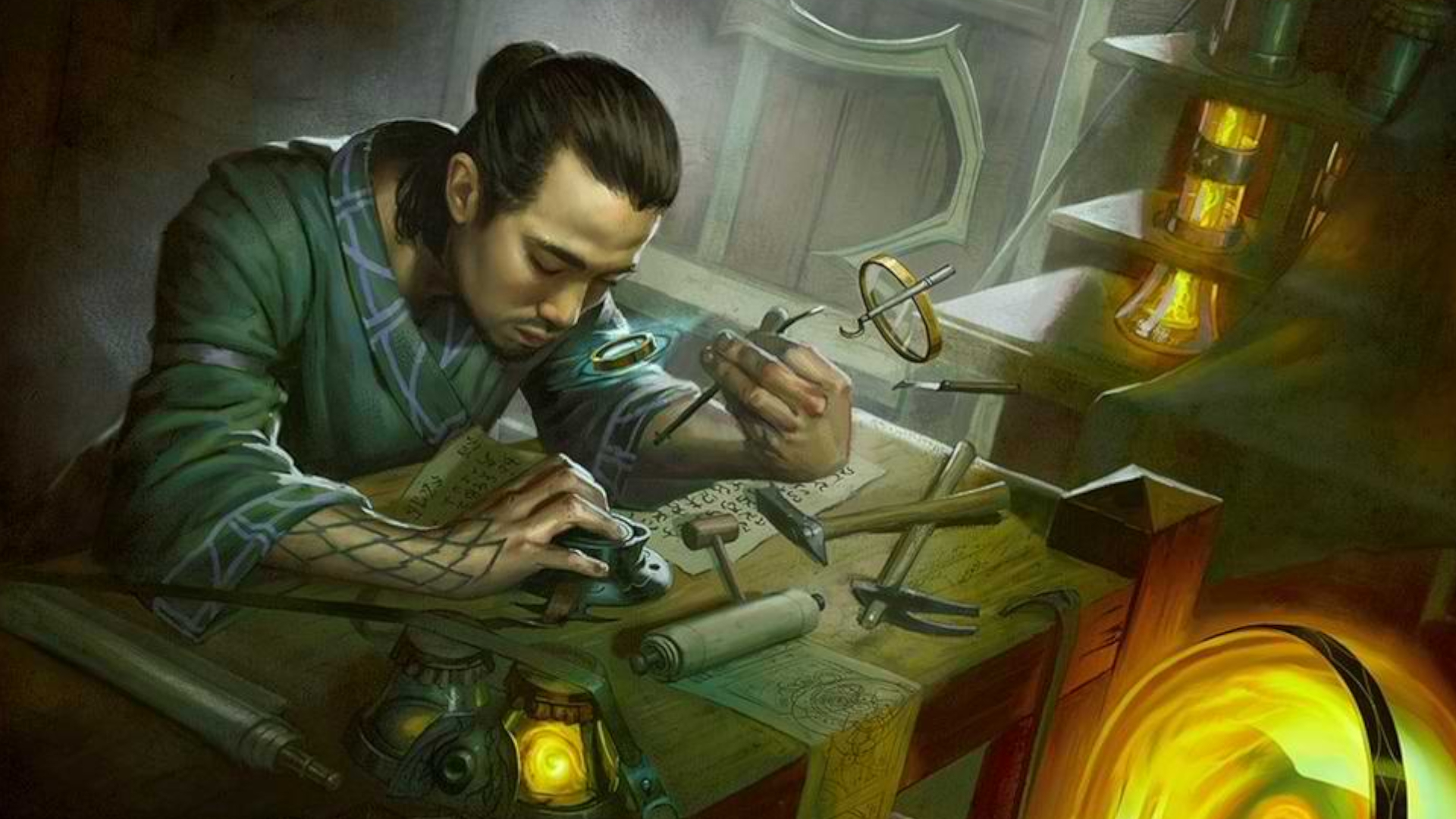
Feats are talents or areas of expertise that make your DnD character truly unique. They’re worth looking into as an Artificer, particularly ones that are able to fill the gaps where this class is lacking. Elemental Adept can be a good way to round off your arsenal with spells that complement your current array, and for a class that doesn't benefit from Misty step, Fey Touched is a really great option. They also get a nice buff with Bless, and Compelled Duel for getting caught in the firing line.
My personal favorite is War Caster. Not only does it give the Battle Smith advantage on Constitution saving throws to maintain concentration, it also lets them cast somatic spell components with weapon or shield in-hand. Attacks of opportunity can even be taken with spells rather than melee.
The Metamagic Adept feat from Tasha's Cauldron also works well if you don't mind the restrictions that not having the Sorcerer's Font of Magic feature puts on you. Essentially without it you can't convert your small pool of Sorcery points back into spell slots. That doesn't mean you can't get some good use out of the feat with things like the Transmuted Spell, which gives you the ability to switch your damage type twice a day, especially if you're taking Elemental Adept.
DnD Artificer: Best subclasses
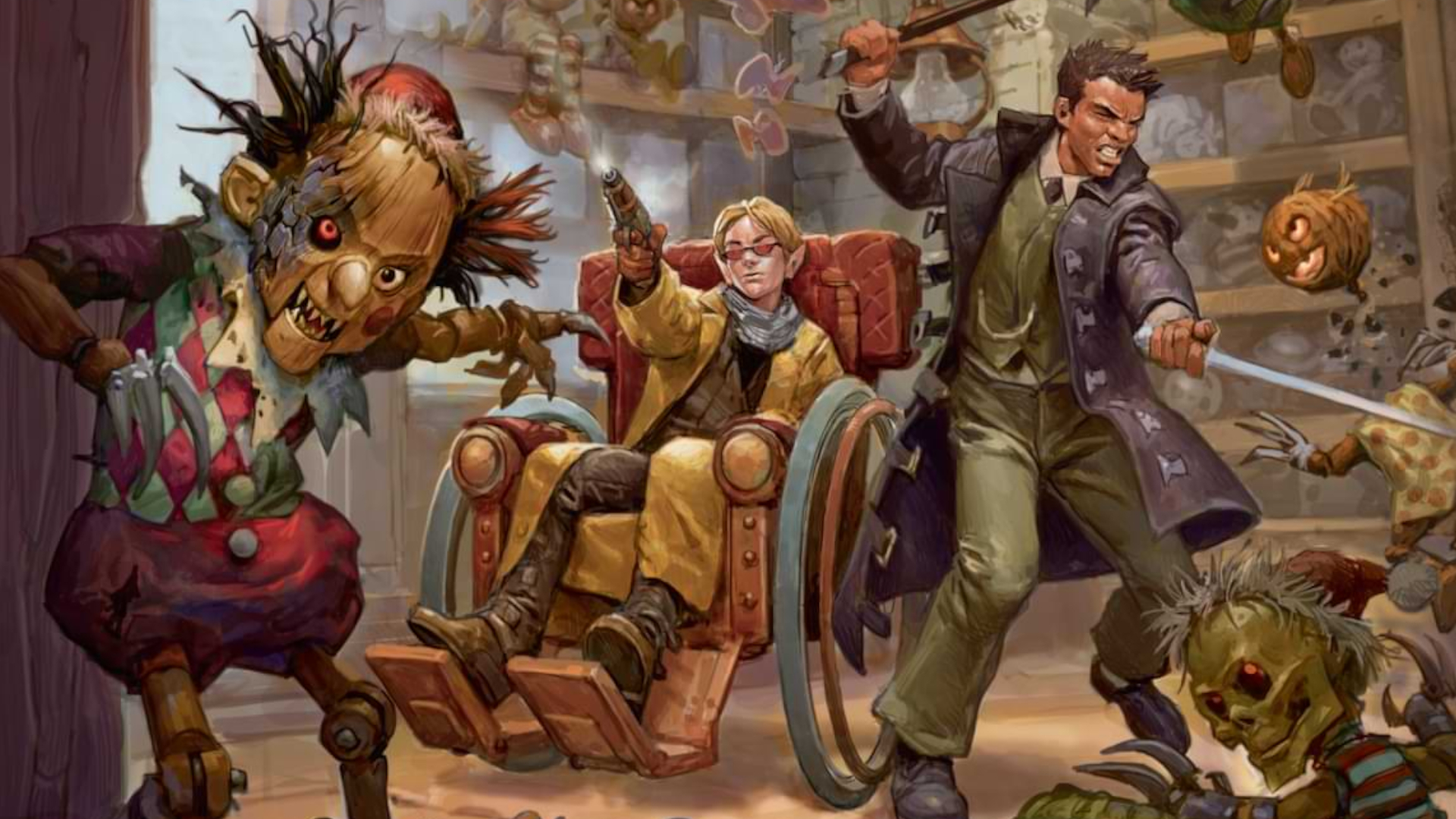
What are the best DnD Artificer subclasses?
Artificer specialization is something you should consider early on as it'll dictate the flavor of spells and a lot of your character design, though you won't get to pick your specialization and The Right Tool for the Job until third level. Each comes with its own impressive set of skills, but there's one that stands out as having the most benefits. Here's the best DnD Artificer subclasses in order.
1. Armorer
2. Alchemist
3. Battle Smith
4. Artillerist
The Armorer subclass is for martially-focused Artificers and, like the Battle Smith, gives the ability to take attack rolls with Intelligence. Introduced in Tasha's Cauldron of Everything, it'll see you taking on the role of defense with Guardian Armour, or a ranged Striker with Infiltrator Armour.
If you're looking to take more of a support role, Alchemist lends itself well. Though you'll never quite match the prowess of a Cleric when it comes to healing, you'll get a few good spells which you can add your Intelligence modifier to at level 5. And with Experimental Elixirs you can mix up the ability to Fly, and a Boldness potion for a buff that stacks with Bless.
Battle Smith is a similar vein to Armorer, though they're more aggressive and come with a Steel Defender for some fodder; it's much more powerful than a Homunculus Servant and means you can free up an infusion slot. Extra Attack at 5th level is smashing, so you can get in your double-taps.
Artillerists are the more spellslinger-style Artificers, and can really bring the thunder, too. This gives you access to some defensive spells like Shield to keep your party from getting hit by the flak you've generated.
DnD Artificer: Cantrips, Spells & Infusions

Cantrips
Artificers tend to lean on cantrips for a lot of their damage dealing when their other spells are used up for buffs and defence. Many will continue to be useful as you level up, so here are some cantrips you should consider when you start out as an Artificer.
- Magic Stone (Player's Handbook)
- Green-Flame Blade (Tasha's Cauldron of Everything)
- Sword Burst (Tasha's Cauldron of Everything)
- Prestidigitation (Player's Handbook)
- Mending (Player's Handbook)
As a halfling, I've had good fun messing with Magic Stone which deals an extra 1d6 bludgeoning damage on top of your spellcasting modifier when you sling rocks at your enemies. Green-Flame Blade also does a good deal of damage and has the potential to jump to other enemies on a successful attack. Sword Burst is another fantastic one for Melee builds, and Artillerists can add the damage bonus from Arcane Firearm to all targets.
Aside from damage dealing, Prestidigitation is great fun for an Artificer, as you can flavor it in some interesting ways. Create a hand-sized trinket to sell and have it disappear or a fun sensory effect such as sparks and faint music are great distractions. Artillerist and the Battlesmith should have the Mending cantrip by 3rd level since it lets you put your contraptions back together when they're inevitably smashed to pieces.
Spells (level 1)
Spells run out fast, but there are a few that are worth consideration for an Artificer starting out. A lot of places on the web recommend Cure Wounds, but I personally see it as a waste of the Artificer's many talents, particularly if you have access to more than just the Player's Handbook. Here are the spells I recommend for a DnD Artificer:
- Tasha's Caustic Brew (Tasha's Cauldron of Everything)
- Faerie Fire (Player's Handbook)
- Absorb Elements (Xanathar’s Guide to Everything)
- Feather Fall (Player's Handbook)
- Catapult (Elemental Evil Player’s Companion)
- Sanctuary (Player's Handbook)
Tasha's Caustic brew is an area-of-effect spell that can do ridiculous amounts of damage under the right circumstances – that's 2d4 damage each round (up to 20d4 per enemy) for a minute. Combine it with another character's ability to keep enemies stuck in place and you're onto a winner. If you don't have access to Tasha's Cauldron of Everything, Faerie Fire can be useful for dealing high damage to great bumbling foes with low Dexterity saves. Otherwise, those expecting to be the target of elemental attacks can capture and lessen its effects with Absorb Elements, then send it right back with an extra 1d6 on their next melee attack.
Feather Fall can be helpful if you expect to be doing a lot of physical activity – Artificers aren't the most maneuverable characters with all the contraptions hanging off their person. And if you find yourself surrounded by rubble a lot, Catapult can turn anything into a high damage projectile dealing 3d8 bludgeoning damage on a hit and continuing on to hit whatever was behind them on a miss.
Should you go the support route, Sanctuary provides the target (or yourself) with protection until they make an offensive action. It's an often overlooked spell but forcing enemies to take a Wisdom saving throw before attacking, and having to redirect or lose their attack, can be invaluable. Plus, any companions such as your Homunculus can still fight while you're turtled up.
Infusions
Artificers also start with a couple of infusion slots, with that number extending up to six at higher levels. Some will require attunement – focusing on the object (while in contact with it) during a short rest, while others are a little simpler. Here are the best infusions for a low level DnD Artificer.
- Replicate Magic Item
- Homunculus Servant
- Enhanced Arcane Focus
- Enhanced Defence
It really depends what your party is asking for at a given time, but Replicate Magic Items can come in handy. At second level you may not have too much use for it, but make sure to have it ready if you're likely to encounter a bag of holding and a room full of treasure.
I recommend using at least one of these at the lower levels for a Homunculus Servant if you can get hold of a gem or crystal worth 100 gold. You never know when you're going to need a little helper, plus it really adds some flair to your character. Battle Smiths should swap this out for their Steel Servant at third level, however, as it's much less squishy.
Otherwise, infusing a rod, wand or staff with Enhanced Arcane Focus not only adds a +1 to a spell attack, but the caster can also ignore half cover. Or if you're staring down a pretty low AC, it might be an idea to add a +1 to your Armour Class with Enhanced Defense (rising to +2 at 10th level).
And there we go - you should be all set to make your DnD Rogue. If you'll be taking them digital, be sure to check out our guide on how to play DnD online.

Katie is a freelance writer with almost 5 years experience in covering everything from tabletop RPGs, to video games and tech. Besides earning a Game Art and Design degree up to Masters level, she is a designer of board games, board game workshop facilitator, and an avid TTRPG Games Master - not to mention a former Hardware Writer over at PC Gamer.
- Benjamin AbbottTabletop & Merch Editor


